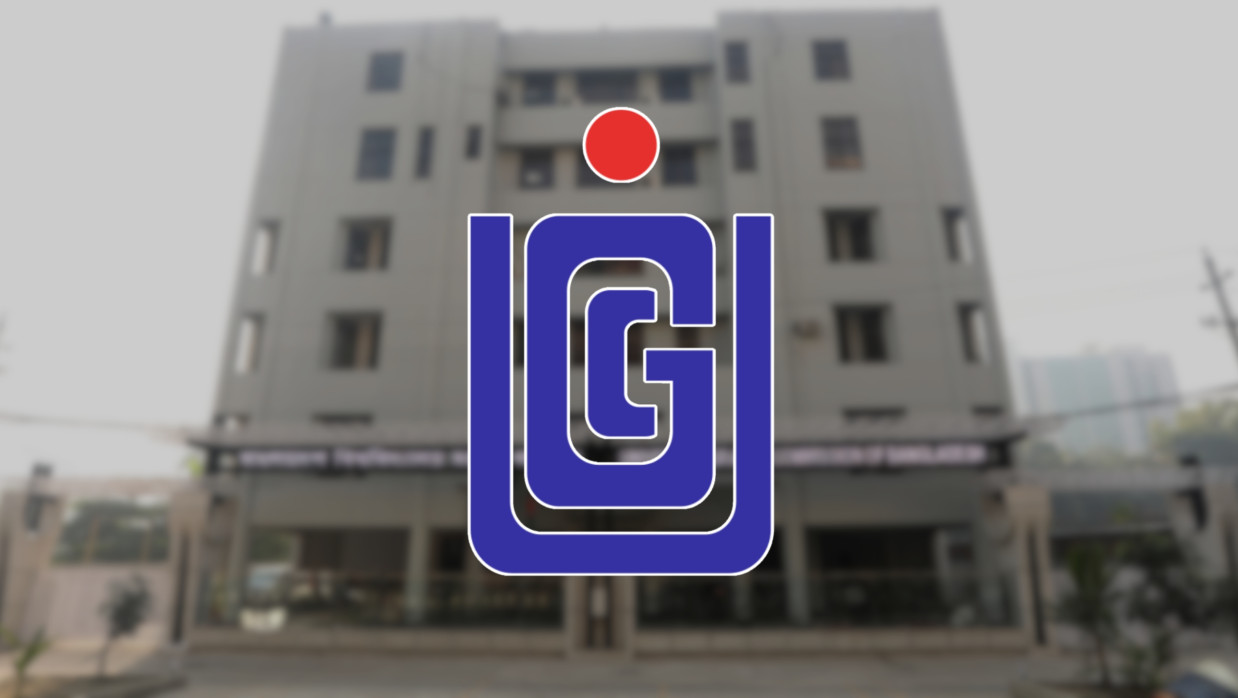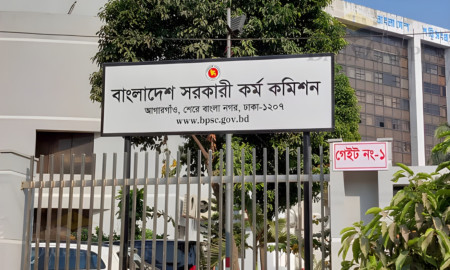Kishoreganj University Tops Public Universities with 107% Student Housing, Most Leading Institutions Below 50%

The University Grants Commission’s (UGC) 50th Annual Report 2023, published in March and recently available in print, reveals that about 40% of the nearly three lakh students in Bangladesh’s public universities have access to residential facilities. Significant variations exist across institutions, with some offering full accommodation and others none at all.
In 2013, the report’s reference year, 50 public universities enrolled 2,96,696 students, of whom 1,17,644 (roughly 40%) accessed on-campus housing. This data excludes universities established post-2013.
Bangabandhu Sheikh Mujibur Rahman University in Kishoreganj leads with a remarkable 107.50% housing capacity, meaning it has more residential seats than enrolled students. Bangladesh Agricultural University and Patuakhali Science and Technology University provide 100% accommodation.
Among top-tier institutions, Jahangirnagar University houses 98.91% of its students, while Bangladesh University of Engineering and Technology (BUET) covers 53.03%. Rajshahi University provides 46.71%, Dhaka University 43.97%, and Chittagong University only 21.87%.
At the lower end, Bangladesh University of Professionals offers just 4.44% housing, followed by Pabna University of Science and Technology at 4.94% and Jagannath University at 7.34%. Several unspecified universities lack any residential facilities.
The report highlights a critical gap in housing infrastructure, particularly in leading institutions where less than half of students are accommodated, except for Jahangirnagar and BUET. Overcapacity at Kishoreganj suggests underutilized facilities or low enrollment.
Limited housing exacerbates challenges for students, especially those from remote areas, diverting focus from academics. Compared to private universities with better infrastructure, public universities face criticism for inadequate facilities amid political issues. Expanding residential capacity could improve equity and academic outcomes.












